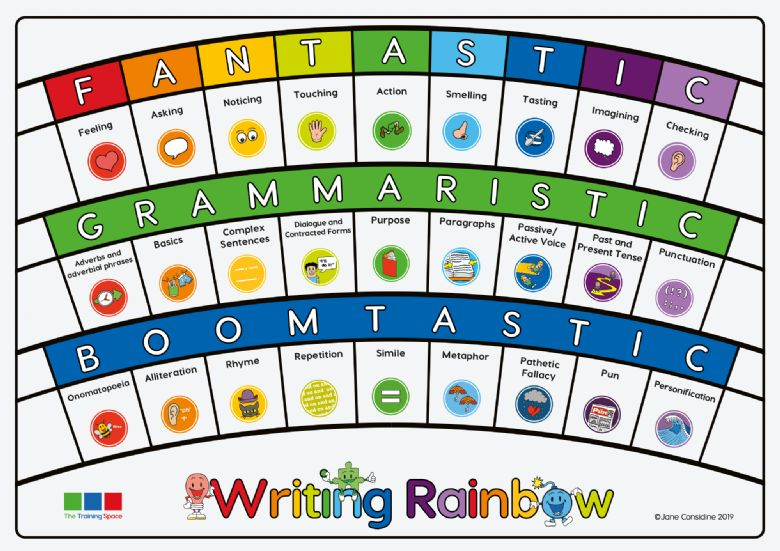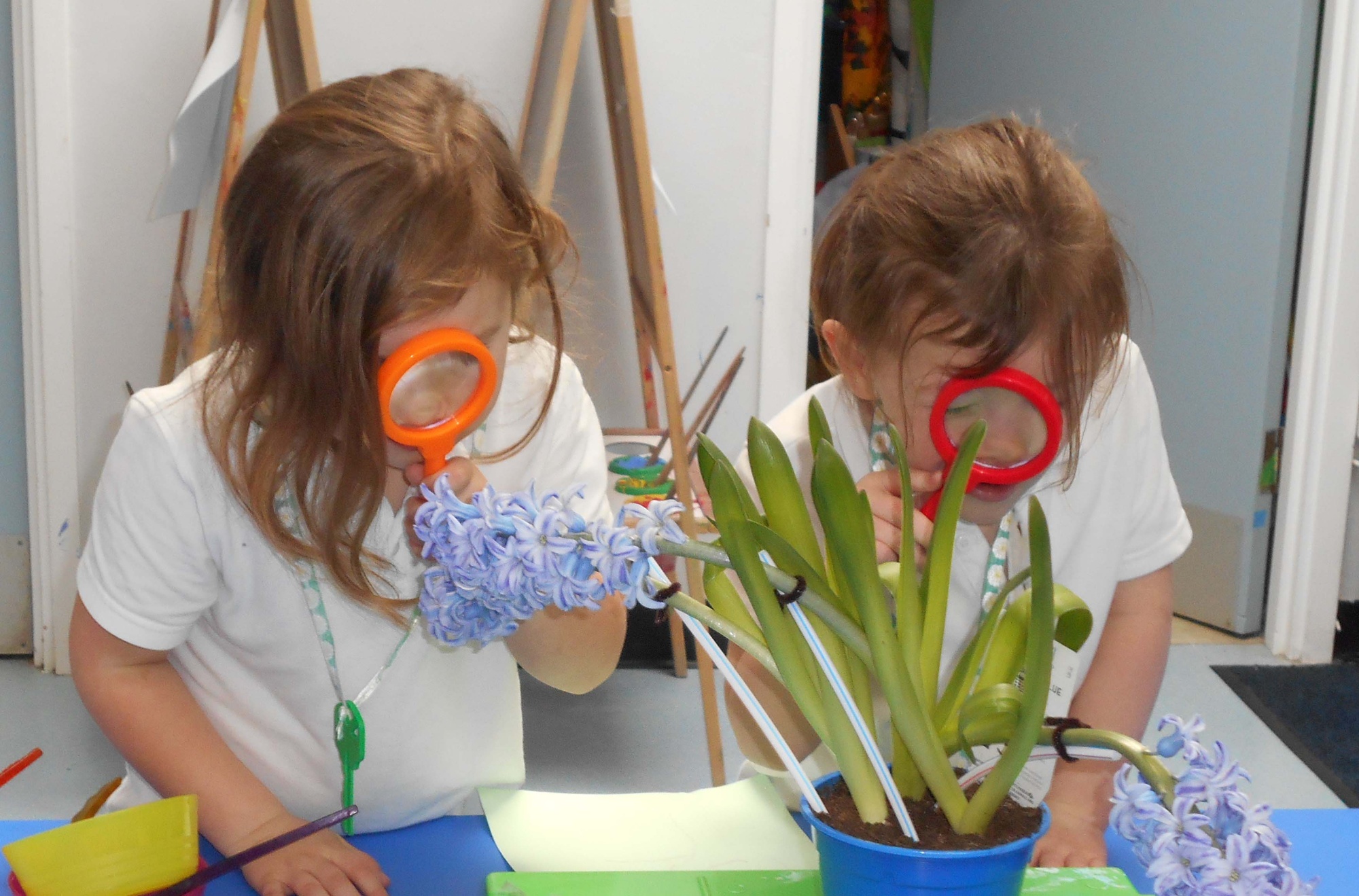Writing (including Curriculum Intent, Implementation and Impact statement)
Intention (Why do we teach what we teach ?)
We have designed our Writing curriculum so that our learners:
- Develop a life-long enjoyment of writing
- Are able to write fluently so that they can communicate their ideas and emotions to others
- Can develop their vocabulary understanding and use this accurately and in context within their writing
- Are able to write for a purpose, across a range of different genres, both fiction and non-fiction
- Understand the spoken word, use expression and participate as a member of society by speaking fluently and articulately
Implementation (How do we teach it ?)
Our Writing curriculum is taught using the Jane Considine approach ‘The Write Stuff’:
Using this approach to writing, the children explore high level, rich vocabulary and are taught grammar in context through different writing lenses on the Writing Rainbow. There are three lenses used to support children with their writing:
Fantastics – ideas for writing
Grammaristics – tools for writing
Boomtastics – writing techniques

The Write Stuff is based on two guiding principles; teaching sequences that slide between experience days and sentence stacking lessons.
As part of the teaching sequence, teachers plan experience days, sentence stacking lessons and independent writing sequences. Experience days immerse children in experiences linked to their writing and drench them in vocabulary linked to the lenses in ‘The Writing Rainbow’. From the experience days, children take part in the sentence stacking lessons. Sentence stacking lessons focus on writing three sentences using the different lenses from the rainbow.
‘The Write Stuff’ follows a method called ‘Sentence Stacking’ which refers to the fact that sentences are stacked together and organised to engage children with short, intensive moments of learning that they can then immediately apply to their own writing.
An individual lesson is based on one plot point from the text, broken in to three learning chunks:
- 1. Initiate section – a stimulus to capture the children’s imagination and set up a sentence.
- 2. Model section – the teacher models a sentence that outlines clear writing features and techniques.
- 3. Enable section – the children write their sentence, following the teacher’s model.
This part of the unit is heavily scaffolded with lots of teacher input and modelling of vocabulary use, sentence construction and use of grammar with reference to the 3 writing lenses.
During the initiate section children ‘chot’ (chat and jot) down their ideas from stimulating resources, such as pictures, music and drama. The children are encouraged to use ‘kind calling out’ where they call out examples of vocabulary, adverbs, onomatopoeia etc.
During the Model section the teacher prepares children for writing by modelling the ideas, grammar and techniques of writing taken from the writing rainbow.
In the Enable section pupils write their own sentences, taking the opportunity to deepen the moment. ‘Deepen the Moment’ is where children are challenged to independently draw upon previously learnt skills and apply them to their writing during that chunk.
Following the sentence stacking, children are given the opportunity to show what they have learnt by planning and writing their own independent piece of writing. After they have written their independent piece, their work is marked by the class teacher who identifies different aspects of their written piece to be edited. There are 3 elements to the editing;
E1 Edit: The Revise
These are often ‘little’ adjustments or changes and tend to fall into one of these categories; Spellings, missing words or punctuation.
E2 Edit: The Rewrite
Children are asked to re-write a sentence if it doesn’t make sense, could be restructured or generally improved.
E3 Edit: The Reimagine
This is when a writer wants to add more sentences to develop an idea further. This is done either through the use of ‘editing flaps’ or children add additional information at the end of their piece of writing, indicating the section it belongs with in the original piece of work.
Impact (What has been the impact and how do we know?)
The impact of the Writing curriculum at Putteridge Primary can be seen through:
- Our children’s enjoyment of writing
- The quality of writing within the children’s books, across all areas of the curriculum
- Our children’s ability to write for a range of purposes, across a range of genres, both fiction and non-fiction based
- Our children’s ability to select and use vocabulary to excite, inform or entertain the reader
- Our children’s understanding and use of a range of punctuation, knowing the effect it can have on the reader in both writing and reading.
- Our children’s understanding and use of the various sentence types that can be used to support different genres.
- Our children’s ability to use phonetic knowledge and spelling rules to spell words accurately
- Our children’s ability to speak clearly, fluently and coherently; to be able to listen attentively with understanding, pleasure and empathy and contribute to group discussions effectively.
- The percentage of children working at Expected level or greater across the school as shown on Target Tracker
- The percentage of children working at Expected level or greater at the end of Year 2 and Year 6, when compared to local and national outcomes

